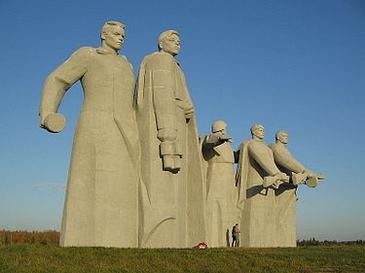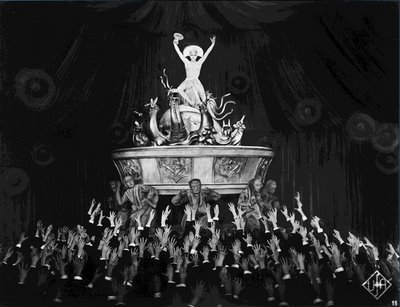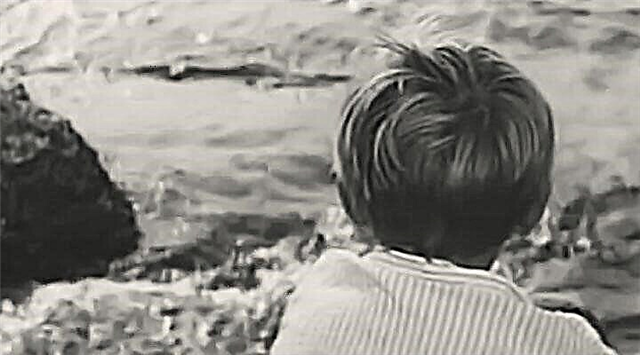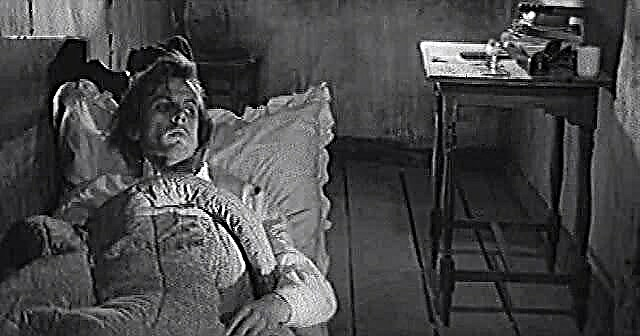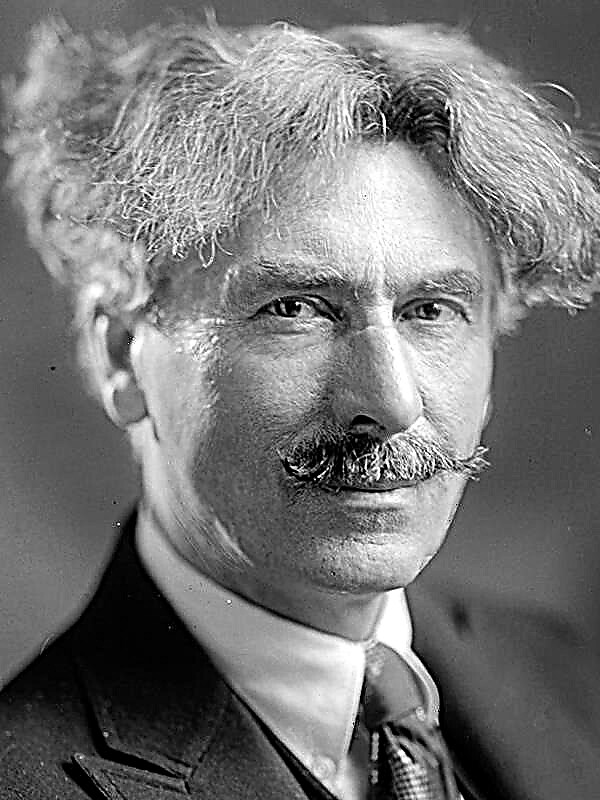(338 words) N.V. Gogol is known for his penchant for mysticism. Even in the early works (the collection "Evenings on a Farm near Dikanka") there are many mysterious and mysterious. And the Petersburg Stories contain even more fantastic elements. However, this form hides global issues of being. Gogol answers them, so my impression of the story is positive.
The plot of the book is also interesting and original. Artist Chertkov buys a portrait of a money-lender with the last money. In this image, apparently, remained part of the black soul of her hero. The eyes look especially lively, which begin to seem strange to the young man everywhere. The moneylender, having left the picture at night (or it was just a dream), pointed out to the poor creator the money hidden in the frame, this thousand chervonets helped pay off debts and gain status in the light from which creative fame appeared. But secular painter Chertkov for fame and fortune gave his talent, becoming a surface artist, writing the most common features. The dealer from the picture killed not only the new owner of the portrait, during his lifetime his deeds were worse, he ruined many. Colleague Chertkova, a self-taught artist, saw in the loan shark the spirit of darkness, so he gladly accepted the offer to paint a portrait. However, the better the work turned out, the worse the artist’s life became. The painter gets rid of the portrait, but he brings only misfortunes to the new owners. At the end of the story, the portrait suddenly disappears. Who knows where this evil is hiding now?
But the most valuable thing in the novel “Portrait” is the meaning. Behind the frightening and mysterious story lies an allegory: good (true talent, pure art) versus evil (thirst for profit, cheap fame). Moneylender is a symbol of destructive evil that persecutes people. In the pursuit of money and fame, a person loses himself, as happened with Chertkov. After all, his first thought was: to pay off debts, shut himself up in a workshop with paints and work, achieving perfection. But the devilish temptation of an easy life led him to disappointing consequences. Thus, the author warns that it is necessary to fight evil, despite its attractive and attractive forms. This conclusion greatly influenced my opinion about the book. If at first it’s not very clear how the money prevented the artist, then in the finale it became clear that their appearance should not be regarded literally. Behind the symbols and half-hints, the writer hid wise thoughts that helped me better understand the world around me.


